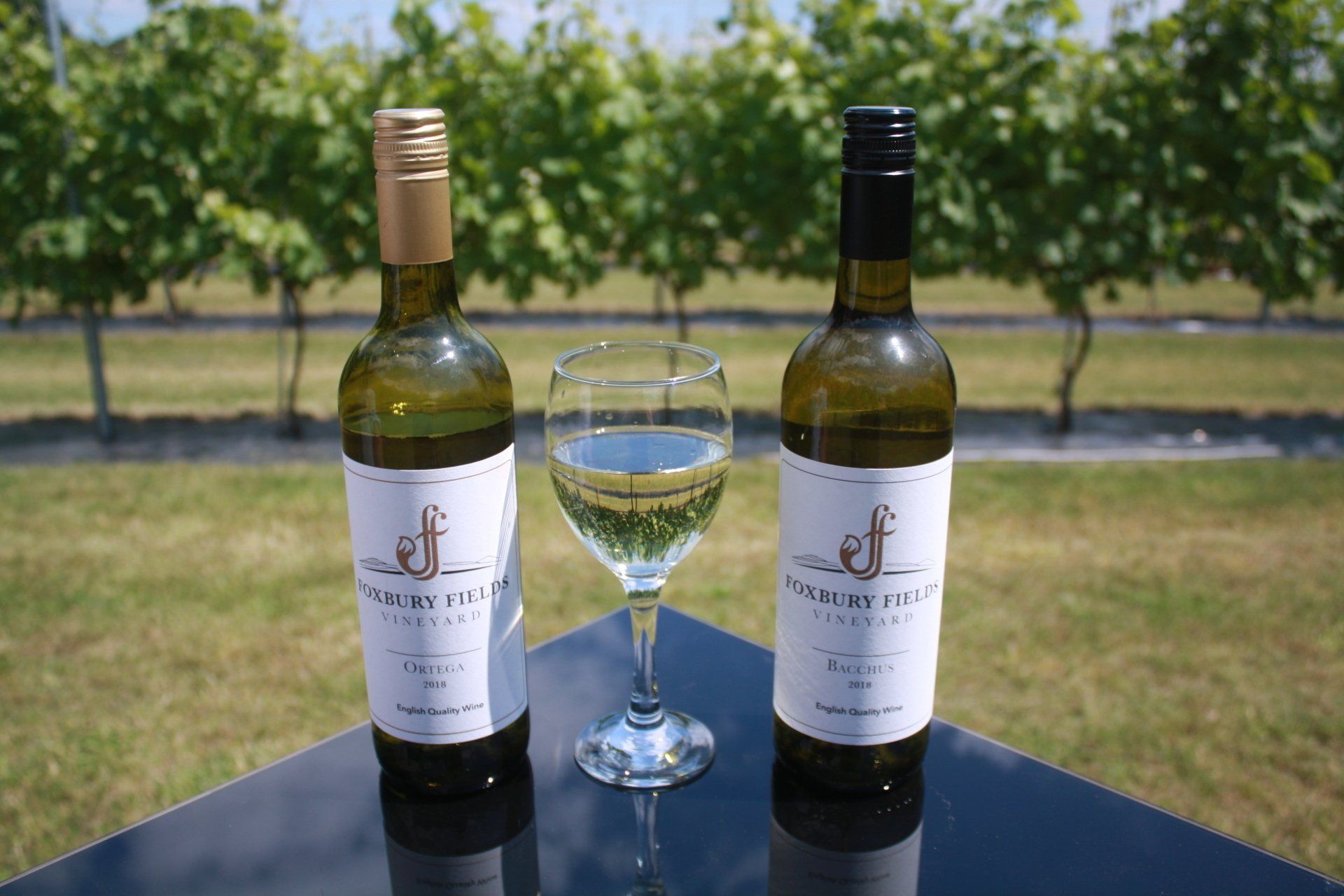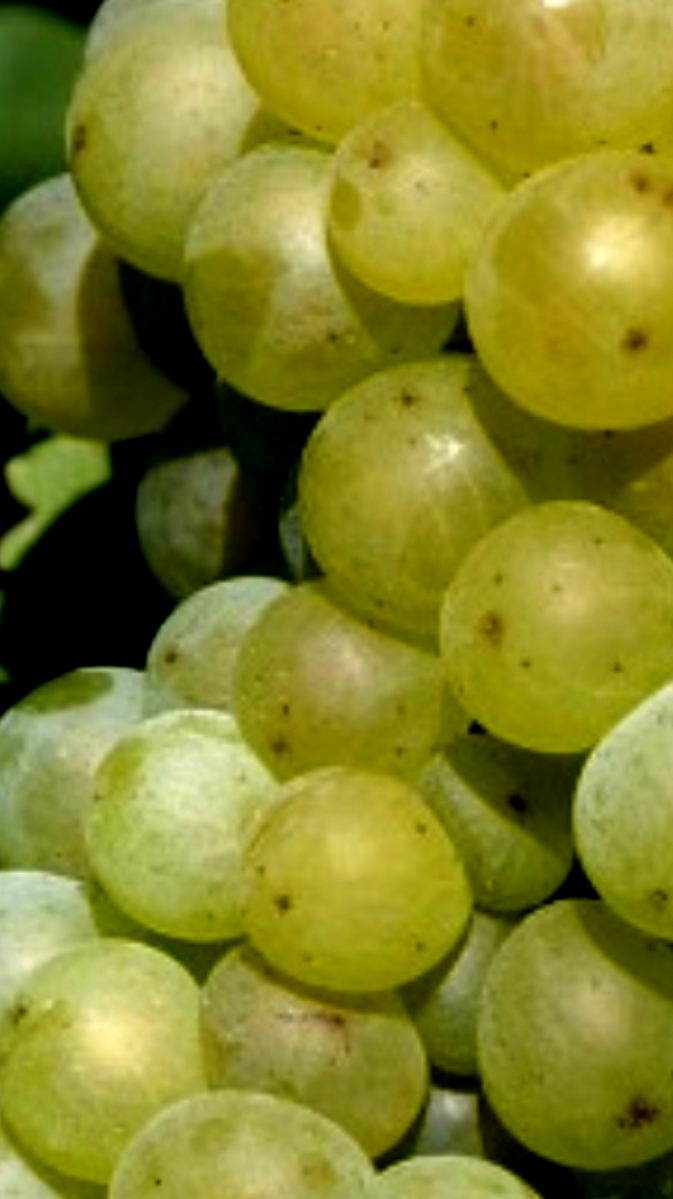by Heather Williamson
•
20 November 2025
We’ve scooped a Bronze Medal at the 2025 Wines of Great Britain (WineGB) Awards. We achieved the award for our Ortega in a year where the body saw still wines for the first time surpass sparkling in entries and medals. Ortega wine The WineGB Awards take place each year and we’re thrilled to have been awarded one of the 2025 coveted medals for our 2023 still, white, Ortega wine, which is made with grapes grown at our little vineyard at the foot of the Malvern Hills. Organised and run by the wine industry body, WineGB, the aim and purpose of the awards is to send out a powerful message on the quality, consistency and variety of wines grown solely in England and Wales. It’s wonderful to be showcased alongside our peers, who come from so many different areas and range in sizes from large to micro, like us. Boom time During the past few years, English wines have seen a boom time and this has been shown by the high calibre of entrants this year. The judges sipped their way through hundreds of entries from lots of wonderful wine producers. The standards were very high this year and we scored an amazing 87 points to achieve our Bronze. WineGB is the national association for the English and Welsh wine industry. It represents, leads and supports the sustainable growth of the Great British wine sector. Well-deserved recognition Melania Battiston, Judging Panel Lead, adds: “With still wines, while the quality is undoubtedly high, they are less predictable, which is part of what makes them so exciting. There’s a sense of freedom and experimentation, with winemakers exploring their own styles and, thanks to WineGB, increasingly gaining well-deserved recognition for it.” With more than 500 members, WineGB works to cultivate success across the industry. It supports its three key areas of activity: to ensure strong production and a skilled workforce, to increase sales and safeguard quality, and to enhance the reputation of English and Welsh wine. Exceptional homegrown wine It’s really spectacular being recognised by such an important organisation in our sector. It supports our long-held belief that homegrown wine can taste exceptional. All about the wine The Ortega grape is a combination of Müller-Thurgau and Siegerrebe and the wine we produce is a delightfully perfumed medium dry white wine with refreshing lemon and orange aromas. Crisp and deliciously fruity, it is wonderful on its own, as an aperitif or is an ideal accompaniment to fish dishes. Ortega wines often have hints of Muscat and peach, along with a citrus aroma, which produces a crisp and fruity wine. The judges’ tasting notes described it as having a lemony hue with soft white currant and greengage on the nose. Creamy mid-palate and crisp finish. Interesting texture and weight. Ortega matures early and isn’t susceptible to frosty conditions, making it ideal for wine production in the UK. Buy our wine online You can buy our current wines online from our e-store here . Like to stock us? If any businesses in the area would be interested in stocking and selling our Foxbury Fields Vineyard wines direct to the public, we would love to hear from them too. They can get in touch with us by calling 07974793367 or emailing heather@foxburyfields.co.uk .
















